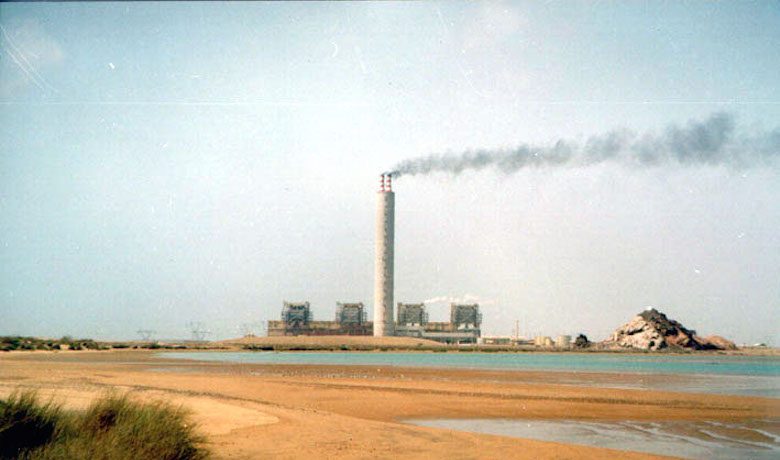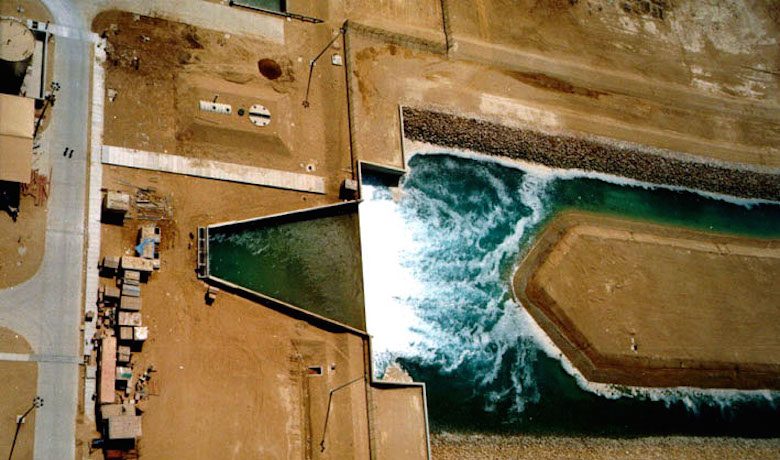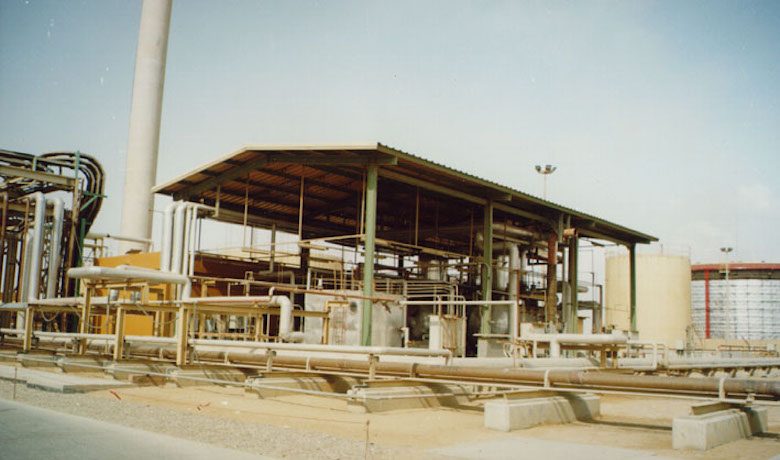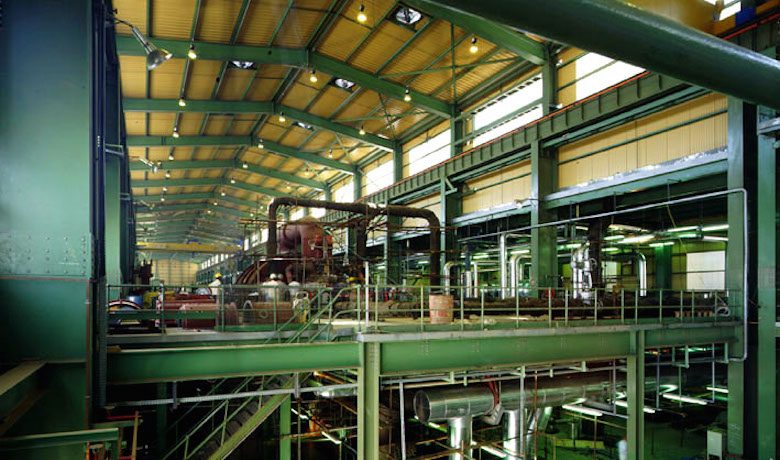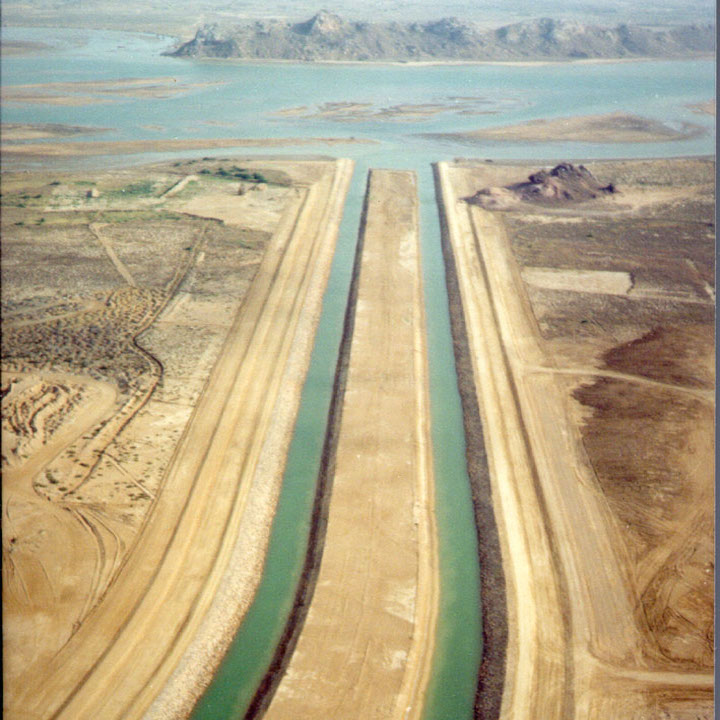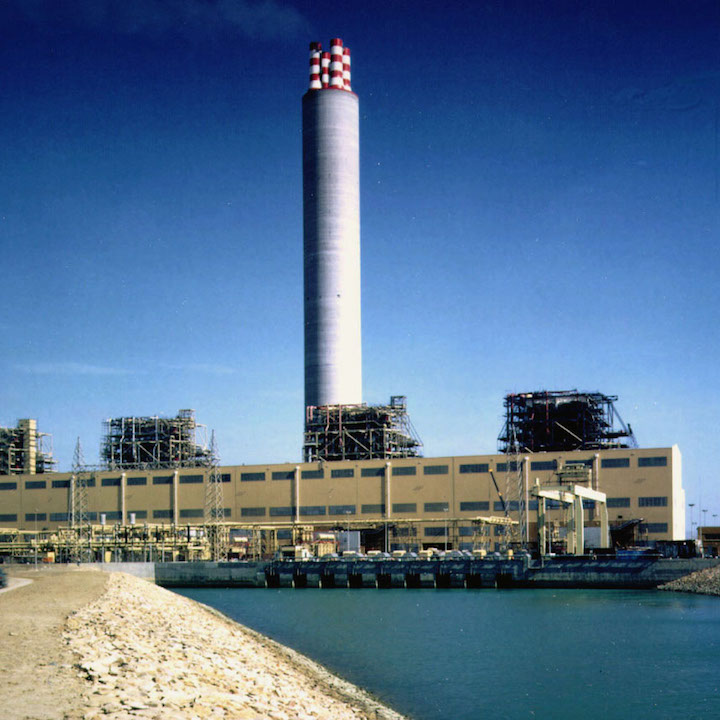Background
In 1987, the Government of Pakistan invited the private sector to submit proposals for the design, funding, construction and management of thermal power plants. Among the twenty proposals received, only two were recognised. These proposals called for the construction of a 600 MW power plant that would provide electricity to the Water and Power Development Authority. However, the sites proposed by each group were not suitable: either for economic or environmental reasons. The Government of Pakistan then chose an appropriate site to build a 4 x 323-megawatt power plant at the mouth of the Hub River, and asked both preselected parties to combine their efforts to promote the project. The site located at the mouth of the Hub River in Baluchistan province was selected to provide easy fuel supply from Karachi and a connection to the WAPDA transmission network, across the almost uninhabited Baluchistan desert.


